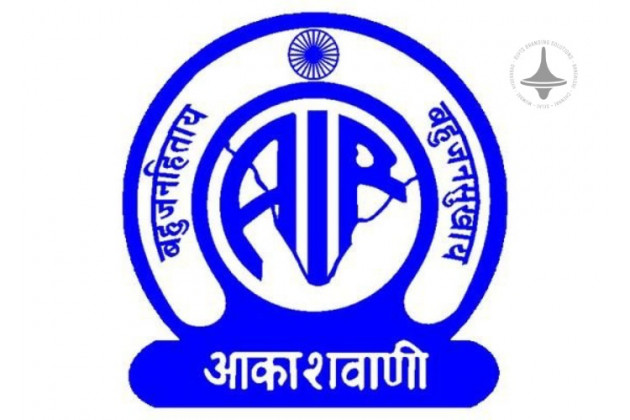Virtual Reality | Sports | Digital Marketing | Elyts Branding

In the ever-evolving world of sports entertainment, Virtual Reality (VR) is emerging as a game-changer. No longer just a futuristic concept, VR is transforming how fans experience sports, bringing them closer to the action than ever before. From courtside seats at NBA games to behind-the-scenes access to the locker room, VR is redefining fan engagement and creating next-level immersive experiences.
What is Virtual Reality in Sports?
Virtual Reality in sports involves using computer-generated
simulations to replicate real-life environments and events. When combined with
VR headsets and immersive audio, fans can feel like they're physically present
at a live sporting event—even if they’re sitting at home. It goes beyond
traditional broadcasting by offering a 360-degree, interactive experience that
conventional cameras can't deliver.
The Rise of VR in the Sports Industry
As technology becomes more accessible, sports organizations
are increasingly adopting VR to engage fans, train athletes, and market their
events. The COVID-19 pandemic accelerated this trend, as many fans were unable
to attend games in person. VR filled the void by offering a way to stay
connected and experience matches virtually in real time.
Major sports leagues like the NBA, NFL, and even
international football clubs have begun experimenting with VR to enhance viewer
experiences. Partnerships with VR platforms such as Oculus, NextVR, and
LiveLike have paved the way for a new kind of fan interaction.
How VR is Elevating the Fan Experience
1. Front-Row Seats from Home
Imagine watching the FIFA World Cup final from the front row
without leaving your living room. VR allows fans to experience premium seat
views with 360-degree camera angles. This kind of access was once reserved for
VIPs—but VR makes it available to anyone with a headset.
2. Interactive Viewing Options
Fans can choose different camera angles, access player stats
in real-time, or even switch to the coach’s viewpoint. This interactivity makes
viewers more engaged and gives them a customized viewing experience.
3. Virtual Meet-and-Greets
VR enables fans to "meet" their favorite athletes
in a simulated environment. Through virtual autograph sessions or Q&A
interactions, sports stars can engage with their fan base in a more personal
and memorable way.
4. Training and Simulation for Athletes
Beyond fans, VR is a powerful tool for athletes and coaches.
It allows players to train in simulated environments, review plays from
different angles, and improve their decision-making skills—all without physical
strain.
The Business Side of VR in Sports
Sports franchises are leveraging VR as a new revenue stream.
From selling virtual tickets to offering exclusive VR content, there are
multiple monetization opportunities. Brands and advertisers are also tapping
into VR environments to deliver immersive ads that are more likely to grab
attention and leave a lasting impression.
Challenges and the Road Ahead
While the benefits are compelling, VR in sports still faces
hurdles like high equipment costs, limited accessibility, and bandwidth
requirements. However, as technology evolves and becomes more affordable, these
challenges are expected to fade.
Looking ahead, innovations like augmented reality (AR)
integration, haptic feedback, and AI-driven personalization
promise to make the VR sports experience even more dynamic and interactive.
Conclusion
Virtual Reality is not just enhancing how we watch
sports—it’s revolutionizing the entire ecosystem. As VR continues to push the
boundaries of digital engagement, the line between the virtual and real world
will blur, creating unparalleled experiences for fans around the globe. The
future of sports is immersive, interactive, and incredibly exciting—and it’s
happening right now.
Elyts Advertising and Branding Solutions | www.elyts.in (India) | www.elyts.agency (UAE)






















Leave a Comment